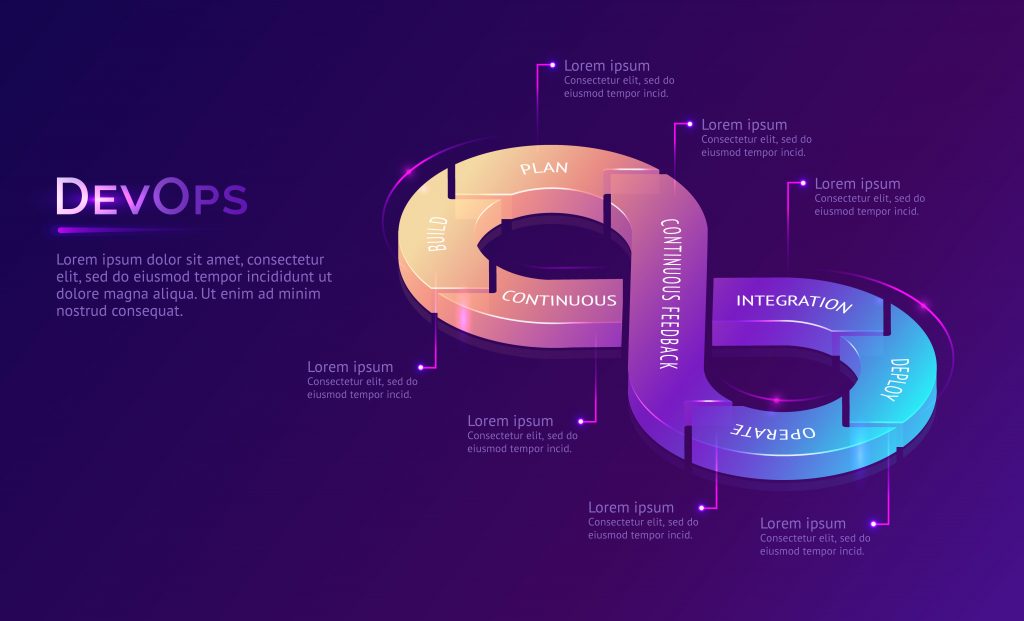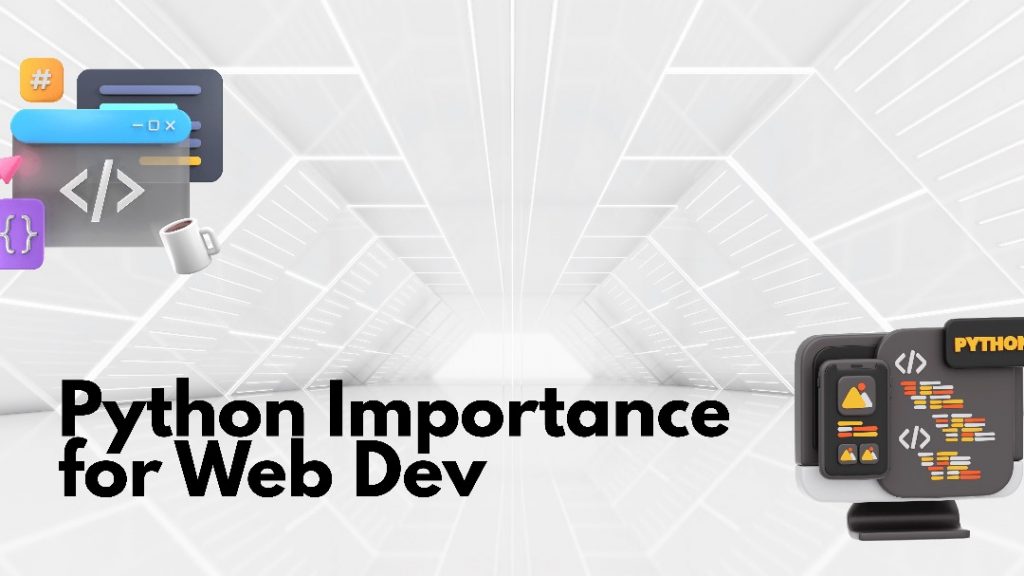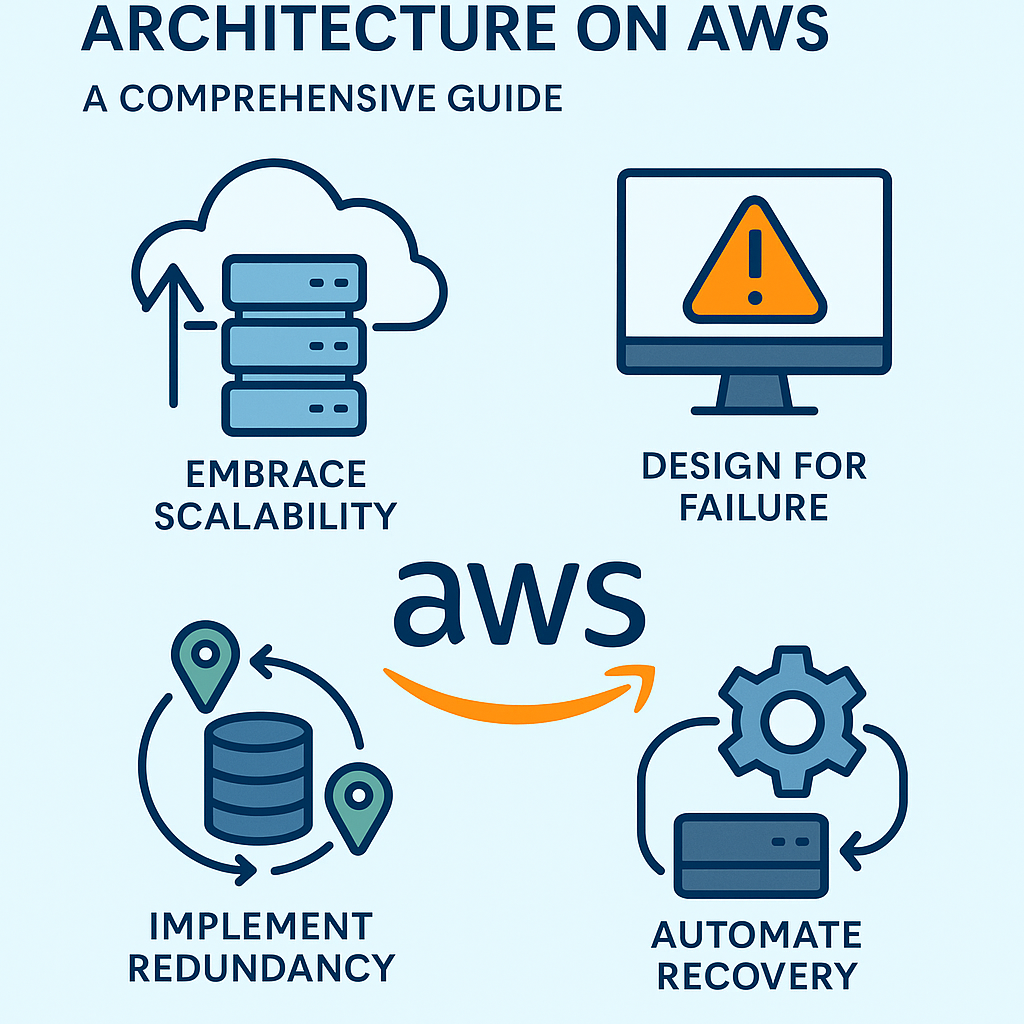Development (Dev) and IT operations (Ops) to shorten the software development life cycle. This methodology enables organizations to deliver new features, bug fixes, and updates with high quality and reliability. At its core, DevOps represents a cultural and professional movement that encourages seamless collaboration and communication between these two traditionally siloed teams.
The Roles: Development vs. Operations
To understand DevOps, it’s essential to define the core roles it unites:
Development (Dev): This team consists of software engineers who are responsible for designing, writing, and improving code. Their primary focus is on building new features, fixing bugs, and ensuring the application meets user requirements. Common tools used by development teams include Git, Docker, and IDEs like Visual Studio Code.
Operations (Ops): This team is composed of IT professionals and system administrators who manage the infrastructure and ensure software runs reliably. Their responsibilities include deploying applications to servers or cloud platforms, managing infrastructure (servers, databases, networking), and monitoring system health. They are also responsible for security, backups, and disaster recovery. Key tools used by operations teams include Kubernetes, Terraform, Ansible, and services from major cloud providers like AWS, Azure, and Google Cloud, along with monitoring tools such as Prometheus and Grafana.
The DevOps Methodology
DevOps is not simply a combination of these two roles; it is a methodology that unites them into a single, cohesive team responsible for the entire application life cycle. It is built on a foundation of principles that emphasize:
Collaboration: Fostering a culture of shared responsibility and communication.
Automation: Automating repetitive tasks to increase efficiency and reduce human error.
Continuous Integration (CI) & Continuous Deployment (CD): Automating the build, test, and deployment of code to ensure a rapid and reliable release process.
Continuous Monitoring: Gaining real-time insights into application performance to quickly identify and resolve issues.
The ultimate goal of DevOps is to break down departmental silos, speed up processes, and align technical work with business objectives. By doing so, it enables organizations to deliver high-quality, reliable software quickly and consistently.
The Pillars of the DevOps Pipeline
Continuous Integration (CI)
Continuous Integration is the practice where developers frequently merge their code changes into a central, shared repository, such as Git. Each merge automatically triggers an automated build and test process. The primary goal of CI is to quickly detect and address integration issues and ensure that the new code works correctly without breaking existing functionality.
Continuous Delivery (CD)
Continuous Delivery extends CI by automatically preparing code for release into production. After a change passes all automated tests in the CI stage, it is automatically deployed to a staging or production-like environment. This ensures that the code is always in a deployable state and ready for a release at any time with a single click.
The CI/CD Pipeline
The CI/CD pipeline is the automated sequence of steps that moves code from development to production. DevOps is crucial for maintaining a robust and steady pipeline. This automation helps to detect bugs early, maintain a healthy codebase, and ensure fast, reliable software releases.
A typical CI/CD pipeline includes the following steps:
Code Commit: A developer pushes a code change to a version control system like GitHub or GitLab.
Build: The application is automatically compiled, packaged, and prepared for testing.
Automated Testing: A series of automated tests—including unit, integration, and security tests—are run to validate the code.
Deployment: The tested code is automatically deployed to a staging environment for final checks or directly to production.
Monitoring: Once deployed, the application’s performance and health are continuously tracked in real time.
For example, once a CI pipeline validates that a code change is bug-free, the CD pipeline can automatically deploy it to a staging environment. From there, it undergoes final testing before it is released to users with a single, deliberate action.
Preventing the “Hand-off” Mentality
The “hand-off” mentality describes a process where one team completes its work, passes it to the next, and considers its job done, with minimal involvement afterward. In software development, developers write code, then “hand it off” to operations. If the code fails in production, developers may say “that’s Ops’ problem”. Similarly, operations might reject deployments saying “this isn’t stable enough”.
This practice can lead to significant problems:
Blame-Shifting: If the code fails in production, the development team might say, “That’s an Ops problem,” while the operations team might reject the deployment, claiming, “This isn’t stable enough.”
Delays and Low Quality: This back-and-forth communication and lack of shared ownership cause significant delays and ultimately result in a lower-quality product.
DevOps eliminates this hand-off mentality by promoting a culture of shared responsibility, where both teams collaborate throughout the entire application lifecycle.
Silos
In the DevOps context, a silo means when teams (like developers, testers, and operations) work separately, with little communication or collaboration. Each group focuses exclusively on its own tasks and goals, leading to:
Miscommunication: Goals and priorities can differ drastically between teams, creating misunderstandings and friction.
Delays: The hand-off between teams becomes a bottleneck, forcing work to wait until it is formally “handed over” to the next group.
Errors: A lack of shared knowledge can lead to errors, as one team may not be aware of critical changes made by another.
How DevOps Breaks Down Silos
DevOps addresses the silos challenge by fostering collaboration and shared responsibility across the entire application lifecycle.
1. Shared Ownership
DevOps encourages a culture where development and operations jointly own the process of building, testing, deploying, and maintaining applications. Instead of Dev and Ops having separate objectives, they work together toward a single goal: delivering a high-quality product to the customer quickly and reliably. Both teams are jointly accountable for the entire application cycle, from development to production and maintenance. This eliminates the “handoff” mentality and ensures accountability throughout.
2. Automation of Processes
With continuous integration and continuous delivery (CI/CD) pipelines, manual handovers are reduced or eliminated. Automation accelerates workflows, ensures consistency, and reduces human error.
3. Continuous and Open Feedback
DevOps encourages open feedback loops and communication. Developers, for instance, gain insights into the production environment’s operational challenges, while operations teams understand the business goals and coding decisions. This transparency reduces misunderstandings and blame games, fostering an environment of trust and continuous improvement. Continuous feedback can be ensured by logging issues, and using alerting systems to provide real-time feedback to both developers and operations. This allows issues to be identified and resolved quickly, leading to more reliable applications. Also collaboration platforms such as Slack, Jira, and Microsoft Teams improve transparency and communication, ensuring that all stakeholders remain aligned on priorities and progress.
5. Infrastructure as Code (IaC)
By using tools such as Terraform, Ansible, or AWS CloudFormation, infrastructure is defined and managed in code. This approach reduces knowledge silos and allows teams to work from a single, version-controlled source of truth.
Deployment and Automation
DevOps practices streamline the deployment process, making it faster, more reliable, and less risky. Automation is the key to achieving a smooth and continuous deployment flow. It encourages releasing small, incremental updates frequently. This reduces the risk associated with each deployment, as any issues are easier to identify and fix. If a deployment fails or causes a critical issue in production, automated systems can quickly roll back the changes to the previous stable version. This minimizes downtime and its impact on users. Once an application is deployed, an automated monitoring and logging tools is use to track its performance and health in real time. This provides a constant stream of feedback, allowing teams to quickly identify and respond to issues, and to use the data to continuously improve the product.
A Real-World Analogy
Consider a factory where designers (developers) produce blueprints while workers (operations) are responsible for building machines. In a siloed model, designers simply pass their drawings to workers, who must troubleshoot any issues on their own. DevOps transforms this dynamic by bringing designers and workers together on the factory floor, enabling them to continuously improve processes, automate repetitive tasks, and deliver better machines more efficiently.
In conclusion, DevOps is more than just a set of tools or practices; it’s a fundamental shift in organizational culture that breaks down the historical barriers between development and operations teams. By embracing collaboration, automation, continuous integration, and continuous delivery, DevOps enables organizations to deliver software faster, more reliably, and with higher quality. It represents a move toward shared responsibility and a shared goal: to continuously improve the entire software delivery lifecycle, from code commit to customer value. Ultimately, adopting a DevOps culture allows businesses to be more agile, innovative, and responsive to the needs of their customers in a rapidly evolving digital landscape.



